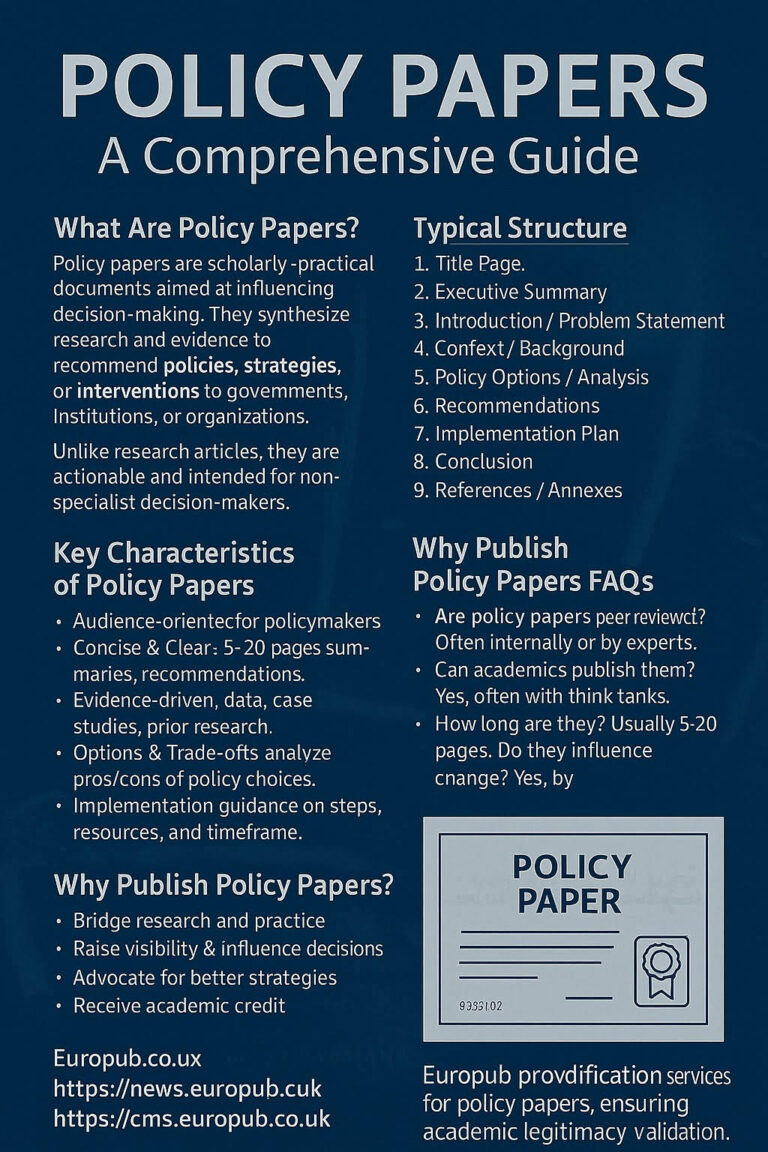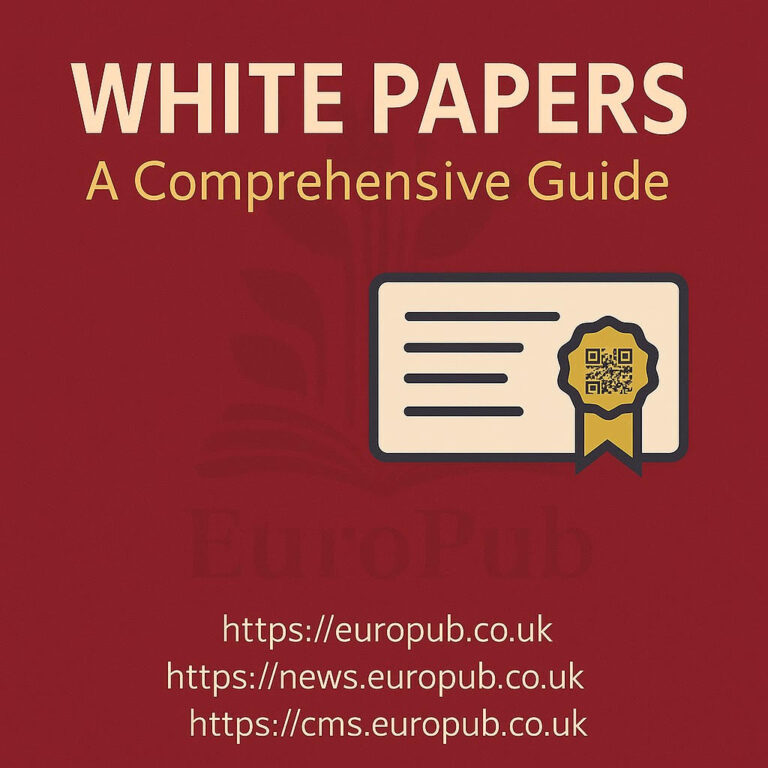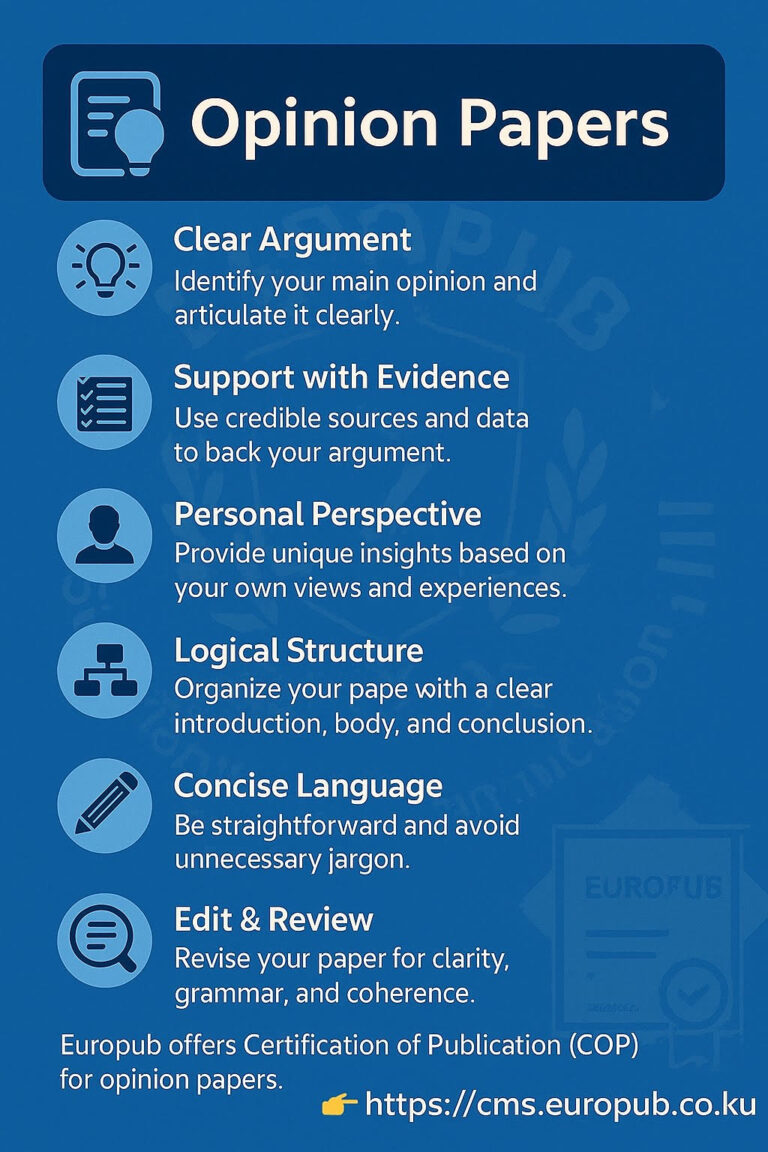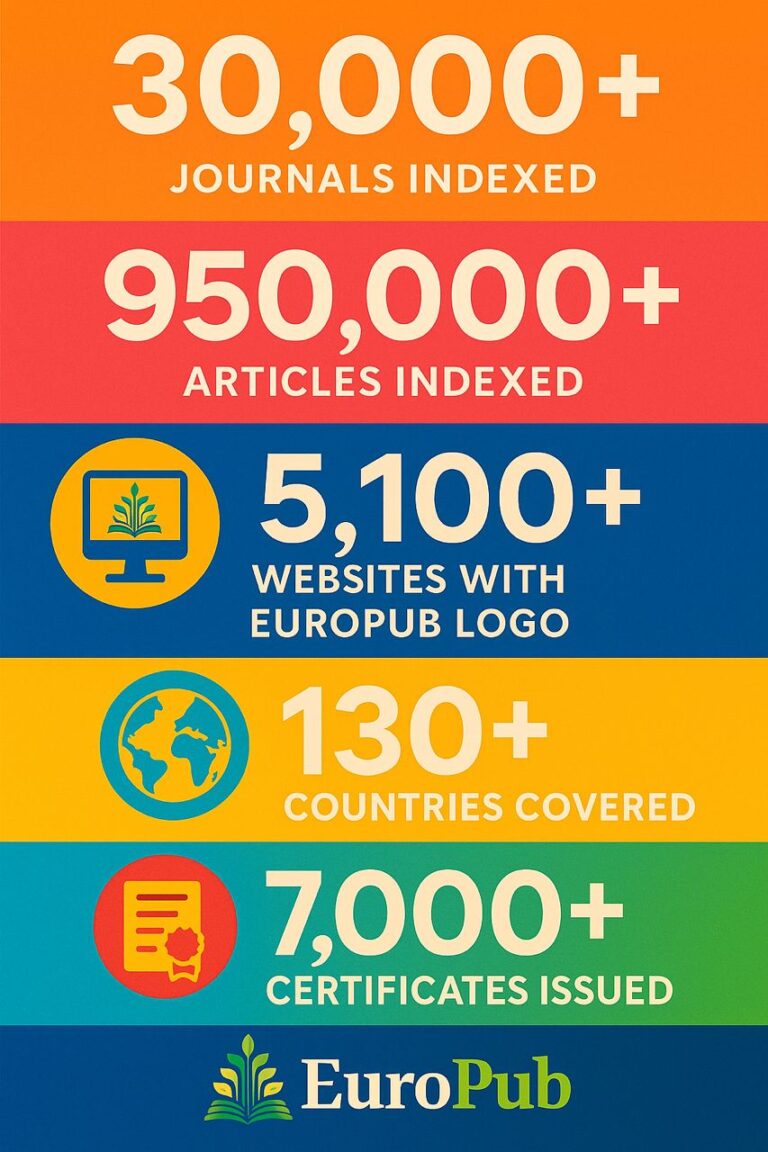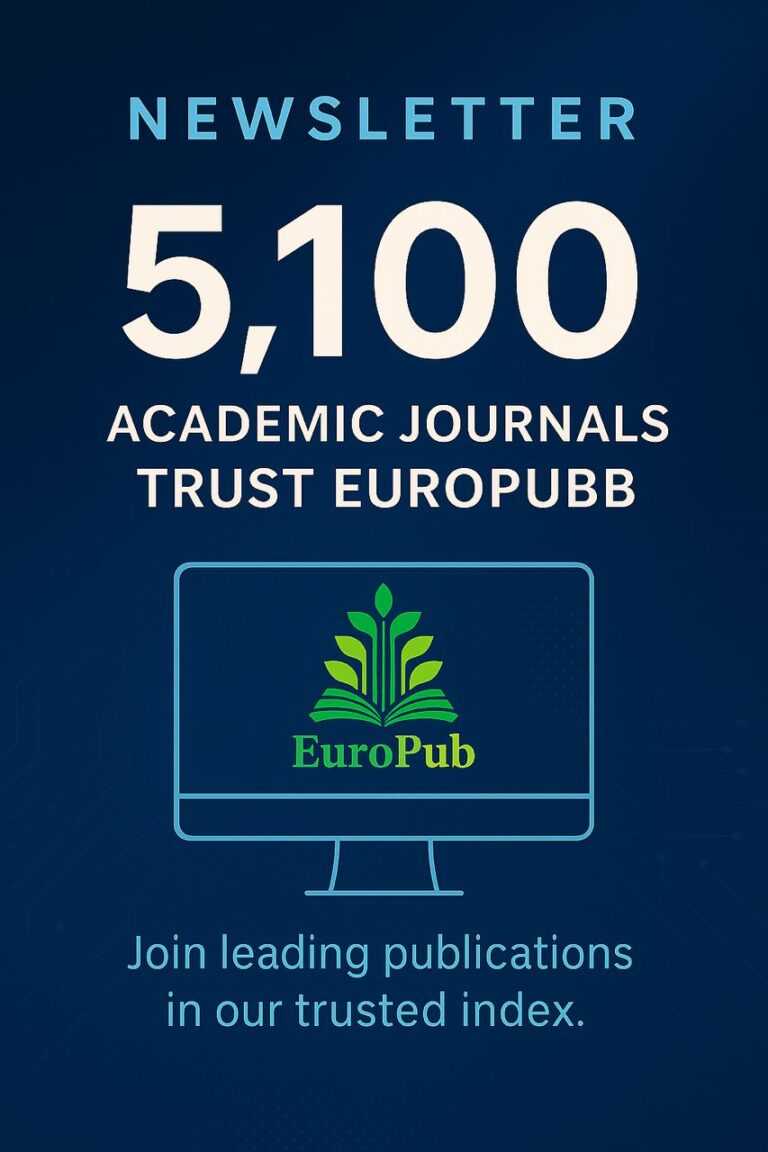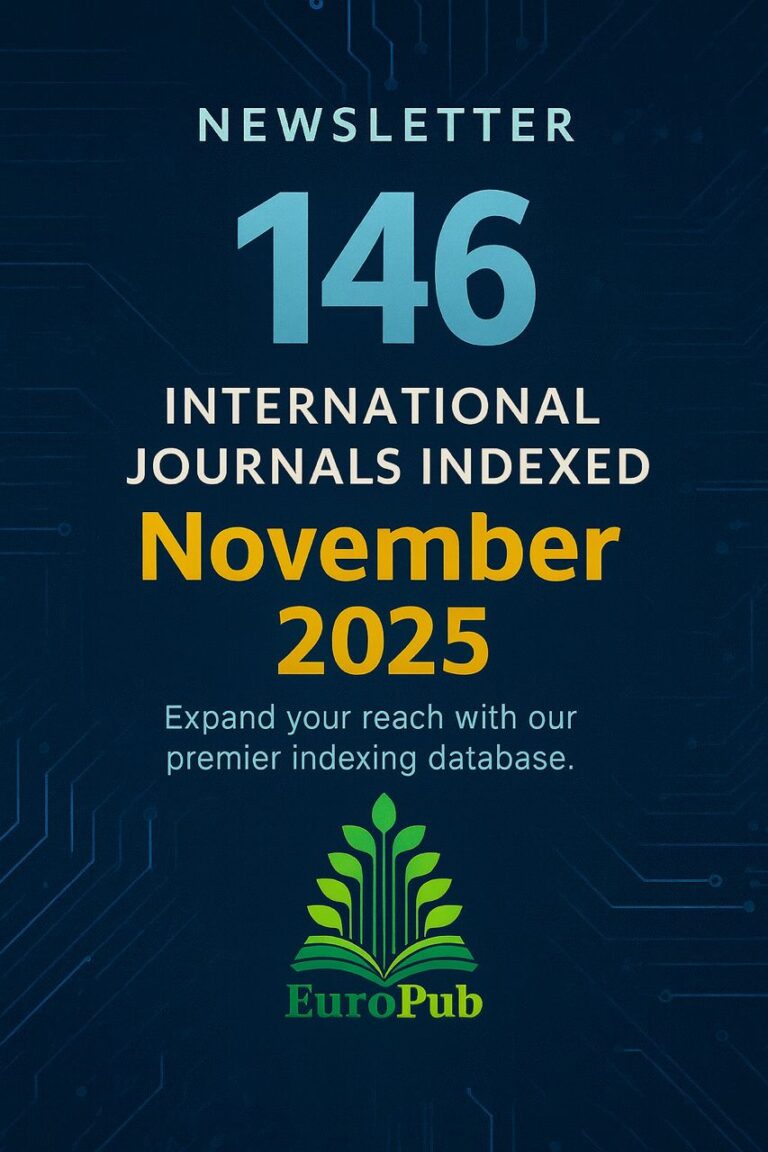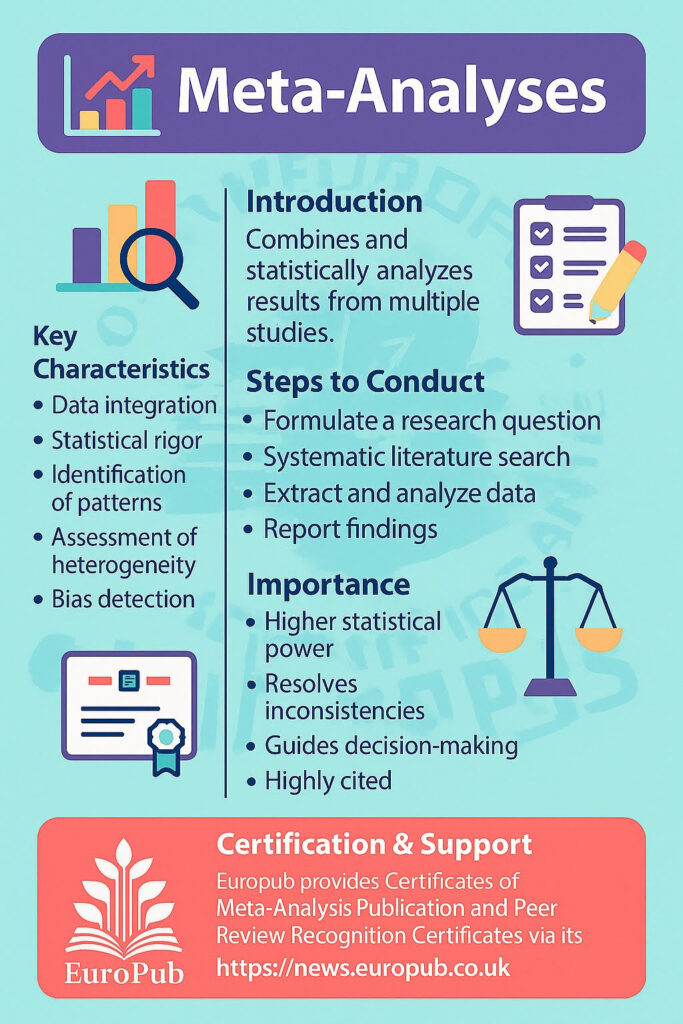
Introduction
A Meta-Analysis is a type of research study that combines and statistically analyzes the results of multiple independent studies on the same topic. The goal is to provide a quantitative synthesis that increases the power, precision, and reliability of findings.
Unlike systematic reviews, which qualitatively summarize studies, a meta-analysis uses advanced statistical methods to pool data and generate overall effect sizes. This makes it one of the highest levels of evidence in the hierarchy of academic and medical research.
Key Characteristics of Meta-Analyses
- Data Integration
- Pools results from independent studies to create a larger dataset.
- Statistical Rigor
- Uses models such as fixed-effect or random-effects models.
- Identification of Patterns
- Helps detect consistencies, differences, and hidden effects across studies.
- Assessment of Heterogeneity
- Uses tools like Cochran’s Q test and I² statistics.
- Bias Detection
- Funnel plots and Egger’s test are used to detect publication bias.
Steps in Conducting a Meta-Analysis
- Formulate a Research Question
- Define scope, variables, and outcomes of interest.
- Conduct a Systematic Literature Search
- Identify all relevant studies from multiple databases.
- Screen and Select Studies
- Apply inclusion and exclusion criteria.
- Extract Data
- Collect sample sizes, effect sizes, and statistical measures.
- Statistical Analysis
- Choose appropriate models (fixed/random-effects).
- Assess heterogeneity.
- Interpret Results
- Present pooled results with forest plots.
- Report Findings
- Follow guidelines such as PRISMA and MOOSE.
Importance of Meta-Analyses
 Provides higher statistical power by combining multiple studies.
Provides higher statistical power by combining multiple studies.
 Clarifies inconsistent results in literature.
Clarifies inconsistent results in literature.
 Offers more generalizable conclusions.
Offers more generalizable conclusions.
 Guides evidence-based decision-making in clinical practice and policy.
Guides evidence-based decision-making in clinical practice and policy.
 Highly cited due to reliability and robustness.
Highly cited due to reliability and robustness.
Tools & Resources
- Cochrane Handbook for Systematic Reviews and Meta-Analyses
- PRISMA Guidelines
- RevMan (Cochrane Software)
- Comprehensive Meta-Analysis Software
- R Packages (meta, metafor)
Common Challenges
 Publication bias.
Publication bias.
 Poor quality of included studies.
Poor quality of included studies.
 Heterogeneity between results.
Heterogeneity between results.
 Incorrect statistical model selection.
Incorrect statistical model selection.
Europub Certification & Support
Europub provides Certificates of Meta-Analysis Publication and Peer Review Recognition Certificates via its Certificate Management System:
 QR-coded certificates verifying publication.
QR-coded certificates verifying publication.
 Peer-review completion certificates.
Peer-review completion certificates.
 Guidance on statistical methodology and evidence synthesis.
Guidance on statistical methodology and evidence synthesis.
Additional links:
Researchers can also contact Europub experts for advanced guidance on PRISMA, MOOSE compliance, and statistical methods.
 Extended FAQs on Meta-Analyses
Extended FAQs on Meta-Analyses
1. What is the main difference between a meta-analysis and a systematic review?
 A systematic review synthesizes literature qualitatively, while a meta-analysis combines data quantitatively.
A systematic review synthesizes literature qualitatively, while a meta-analysis combines data quantitatively.
2. How many studies are required for a meta-analysis?
 Generally at least 5–10 studies are recommended, but more studies increase validity.
Generally at least 5–10 studies are recommended, but more studies increase validity.
3. What is heterogeneity in meta-analysis?
 Variability in study outcomes due to differences in population, interventions, or methods.
Variability in study outcomes due to differences in population, interventions, or methods.
4. How do researchers handle heterogeneity?
 By using random-effects models, subgroup analysis, and sensitivity analysis.
By using random-effects models, subgroup analysis, and sensitivity analysis.
5. What is publication bias and how is it detected?
 When studies with significant results are more likely to be published. Detected using funnel plots and statistical tests.
When studies with significant results are more likely to be published. Detected using funnel plots and statistical tests.
6. Can meta-analyses include observational studies?
 Yes, but researchers must account for increased risk of bias.
Yes, but researchers must account for increased risk of bias.
7. Which software is best for meta-analysis?
 Common tools include RevMan, CMA software, Stata, R packages (meta, metafor).
Common tools include RevMan, CMA software, Stata, R packages (meta, metafor).
8. Why are meta-analyses considered high evidence?
 Because they synthesize multiple studies, increasing statistical power and reliability.
Because they synthesize multiple studies, increasing statistical power and reliability.
9. Are meta-analyses peer-reviewed?
 Yes, they undergo the same rigorous peer review as other research articles.
Yes, they undergo the same rigorous peer review as other research articles.
10. What fields most often use meta-analyses?
 Medicine, psychology, education, public health, and social sciences.
Medicine, psychology, education, public health, and social sciences.
11. How long does it take to complete a meta-analysis?
 Between 6 months to 2 years, depending on scope and resources.
Between 6 months to 2 years, depending on scope and resources.
12. Can students conduct meta-analyses?
 Yes, with guidance from supervisors and proper statistical support.
Yes, with guidance from supervisors and proper statistical support.
13. What are forest plots in meta-analysis?
 Graphical representations showing effect sizes of individual studies and the pooled effect.
Graphical representations showing effect sizes of individual studies and the pooled effect.
14. Do meta-analyses always provide definitive conclusions?
 Not always. Results may still show uncertainty, especially with high heterogeneity or limited data.
Not always. Results may still show uncertainty, especially with high heterogeneity or limited data.
Conclusion
Meta-analyses are a powerful tool in modern research, offering the strongest evidence for practice and policy. By combining data from multiple studies, they allow researchers to reach more reliable conclusions. Europub supports scholars with certifications, expert guidance, and recognition to ensure meta-analyses are conducted and published at the highest standards.
